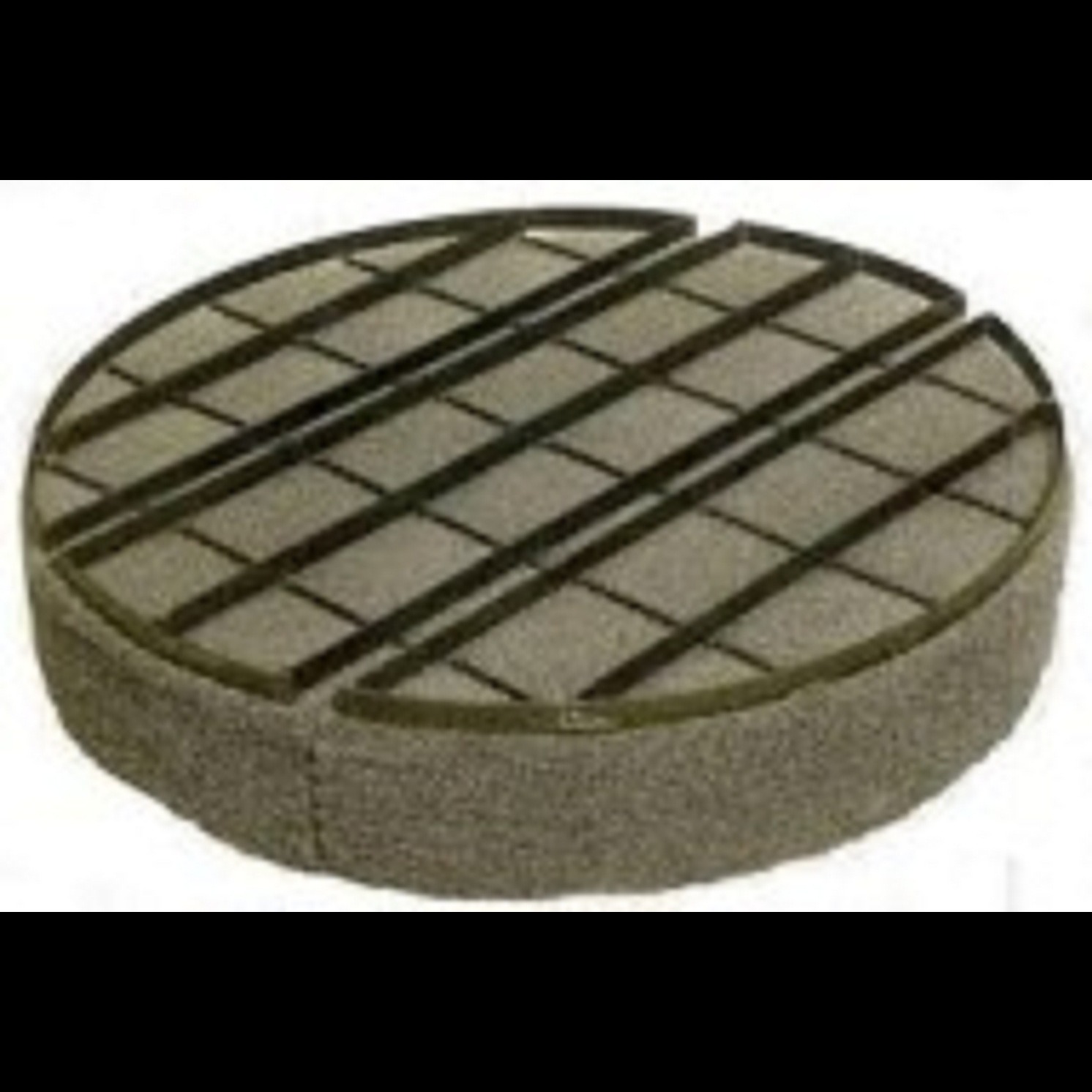
Welded mesh offers several advantages over traditional MS bar grids when used in flooring applications:
1. Strength & Stability: Welded mesh is created by welding steel wires at intersections, forming a rigid grid that provides excellent load-bearing capacity.
2. Ease of Installation: Unlike MS bar grids, which require manual tying and alignment, welded mesh comes pre-fabricated, reducing labor time and effort.
3. Durability: Welded mesh can be galvanized or PVC-coated, making it more resistant to corrosion and environmental wear compared to untreated MS bar grids.
4. Uniformity: The consistent spacing and welding of the mesh ensure uniform strength distribution, reducing weak points in flooring.
5. Cost Efficiency: Since welded mesh is pre-manufactured, it minimizes material wastage and speeds up construction, leading to cost savings
Here are some key points from the technical data sheet on welded wire mesh panels:
1. Material Composition: The mesh is made of galvanized steel wire, which undergoes a hot-dip galvanizing process to enhance corrosion resistance.
2. Physical Properties:
o Tensile Strength: 435-480 MPa
o Elongation: 20-25%
o Hardness: 150-170 HV1
3. Dimensions:
o Wire diameters range from 2.5 mm to 3.4 mm.
o Mesh sizes vary, with common configurations like 66x68mm, 100x100mm.
4. Coating: A thin zinc layer (0.020-0.030mm thick) is applied to prevent corrosion.
5. Applications: Used for flooring, construction, agriculture, fencing, gardening, and machine protection.
6. Storage Recommendations: Should be stored in dry, closed conditions below 50°C, protected from moisture and direct sunlight.
Here's a comparison between welded mesh and traditional MS bar grids based on specifications:
1. Material Composition
• Welded Mesh: Made from galvanized steel, stainless steel, or mild steel with a protective coating.
• MS Bar Grid: Made from mild steel bars, which may require additional coatings to prevent corrosion.
2. Strength & Durability
• Welded Mesh: Has high tensile strength (435-480 MPa) and uniform load distribution due to welded intersections.
• MS Bar Grid: Strength depends on bar thickness and spacing; requires manual tying, which can create weak points.
3. Corrosion Resistance
• Welded Mesh: Often galvanized or PVC-coated, offering better corrosion resistance.
• MS Bar Grid: Susceptible to rust unless treated with paint or coatings.
4. Installation & Handling
• Welded Mesh: Pre-fabricated panels, easy to install, reducing labor time.
• MS Bar Grid: Requires manual tying and alignment, increasing labor costs.
5. Cost Efficiency
• Welded Mesh: Lower material wastage, faster installation, reducing overall costs.
• MS Bar Grid: Higher labor costs due to manual assembly.
6. Applications
• Welded Mesh: Used in flooring, construction, fencing, agriculture, and machine protection.
• MS Bar Grid: Primarily used in reinforced concrete structures.



